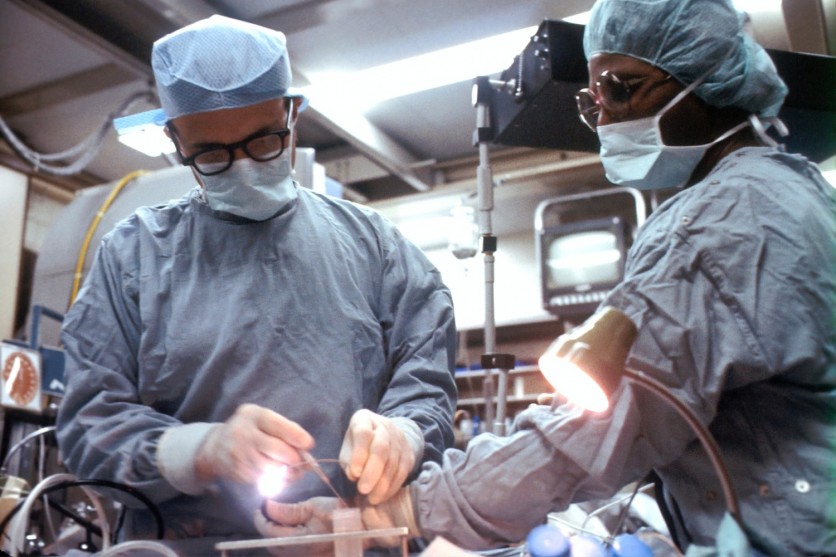
A 60-year-old man with aggressive cancer had his urinary bladder reconstructed by robotics specialists at Sir Ganga Ram Hospital in Delhi, India.
In a report by ETHealthworld, surgical removal of the bladder and subsequent construction of a new urinary bladder were deemed to be the best course of therapy due to the severity of the patient's disease.
The small intestine is frequently harvested for this purpose, and the replacement bladder is linked to both kidneys. Often, this kind of difficult surgery requires a large incision to be made in the patient's belly, which increases the risk of complications and lengthens the time necessary for the patient to recover.
Surgeons in Charge
The medical staff, led by Dr. Vipin Tyagi, a senior consultant and robotic surgeon in the division of urology and kidney transplant, and Dr. Tarun Mittal, a senior consultant in the division of laparoscopic surgery, chose to use robotic technology to repair the patient's urinary bladder.
Dr. Tyagi said that in order to reduce the patient's risk of experiencing these issues, robotic-assisted laparoscopic surgery was chosen as the method of choice.
"There were 30% chances of minor or major complications in the traditional approach. One of the major causes of this significant morbidity is the longer incision and more blood loss. To avoid these complications, we decided to use an uncommon approach of using robotic-assisted laparoscopic surgery in this patient."
Surgical Procedures
The report said the urinary diversion was completed after a robotic-assisted radical cystectomy was performed. The bladder and cancerous tissue were initially removed using the robot in a three-stage process. Then, a section of the small intestine between 15 and 20 centimeters in length was removed.
The next phase was connecting the new bladder pouch to the pipes of the kidneys (ureter), which was made possible by harvesting a section of the small intestine.
A surgeon commanding the robot from the control station carried out all three procedures, as ETHealthworld reported. In this method, no large incisions were necessary, and the treatment was finished via a series of smaller ones.
Dr. Mittal remarked, "As there was no major cut involved, post-surgical incision-related complications were avoided. The major advantage of using a robot was that it helped us to remove complete cancer as well as create a new functional bladder."
The whole operation lasted about six hours, and just a small amount of blood was lost. On day six following surgery, the patient was released.
Rise of Medical Robots
For quite some time, robots have been used in the medical sector. In December 2022, a man from the UK was given a second chance at life by a robot. A malignant esophageal tumor was removed by a team at Gloucestershire Royal Hospital (GRH) using a robot.
This was also the first occasion in the UK that doctors used a robot of the future, the Versius, to complete a successful surgery.

ⓒ 2026 TECHTIMES.com All rights reserved. Do not reproduce without permission.




